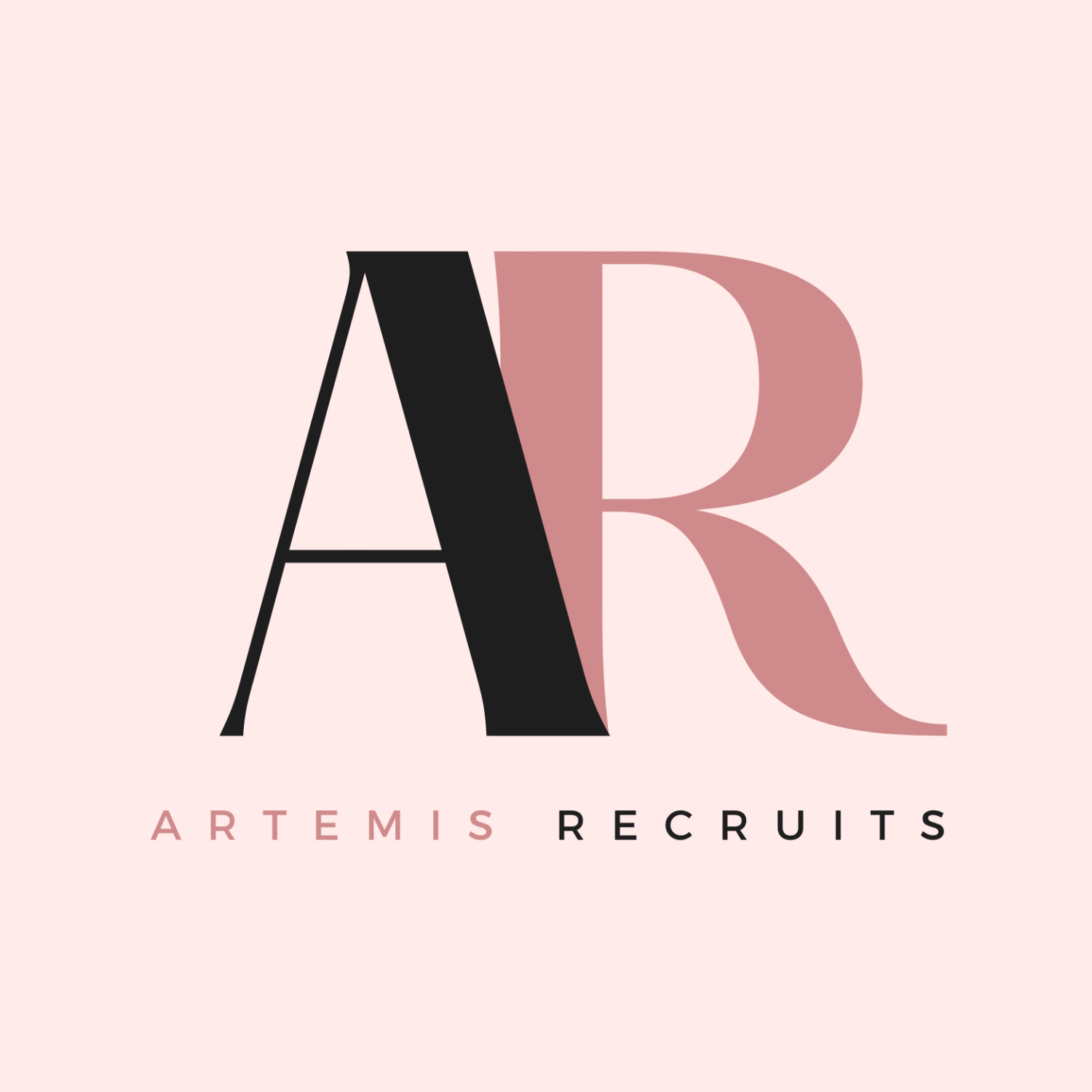Table of Contents
- Introduction
- The Difference Between Async and Real-Time Communication
- Why Communication Styles Matter for Remote Talent
- The Benefits of Async Communication for Remote Talent
- The Benefits of Real-Time Communication for Remote Talent
- What Remote Talent Actually Prefers
- How Artemis Recruits Balances Async and Real-Time for Clients
- FAQs on Async vs. Real-Time Communication for Remote Talent
- Conclusion: Designing Communication That Remote Talent Loves
Introduction
When managing remote talent, communication is everything. But one of the biggest questions companies face is whether to rely more on asynchronous (async) or real-time communication. Do remote employees prefer flexible, message-based systems—or immediate responses through live meetings and chats? The truth is, most remote talent doesn’t want one or the other. They want the right balance. In this article, we’ll explore async vs. real-time communication, what remote talent actually prefers, and how Artemis Recruits helps businesses get it right.
The Difference Between Async and Real-Time Communication
- Async communication: Messages that don’t require immediate response (emails, project management tools, recorded updates).
- Real-time communication: Live interactions like video calls, instant messaging, or phone conversations.
Both play vital roles in managing remote talent, but the key is knowing when to use each.
Why Communication Styles Matter for Remote Talent
Without face-to-face interaction, communication style shapes:
- Productivity.
- Team morale.
- Engagement.
- Retention.
Remote talent thrives when companies set clear expectations around communication.
The Benefits of Async Communication for Remote Talent
Flexibility Across Time Zones
Remote talent often works from different regions. Async communication prevents scheduling conflicts and supports global collaboration.
Deep Work and Productivity
Async tools allow remote employees to focus on tasks without constant interruptions from pings or calls.
Documentation and Transparency
Written updates create a record for accountability and clarity, reducing miscommunication.
The Benefits of Real-Time Communication for Remote Talent
Stronger Collaboration
Real-time conversations foster creativity and faster idea exchange.
Faster Problem-Solving
Some issues require immediate resolution, and live calls are more efficient than long email threads.
Building Relationships
Video calls and instant chats help remote talent feel connected, reducing isolation.
What Remote Talent Actually Prefers
Research and experience show that remote talent prefers a hybrid approach:
- Async for routine updates, project management, and cross-time-zone collaboration.
- Real-time for brainstorming, urgent problem-solving, and culture-building moments.
In other words, remote talent values flexibility, autonomy, and connection—not constant meetings.

How Artemis Recruits Balances Async and Real-Time for Clients
At Artemis Recruits, we help companies design communication strategies that align with both business needs and employee preferences. Our process includes:
- Evaluating the current communication load.
- Identifying when async is most effective vs. when real-time is essential.
- Training managers to set boundaries and expectations.
- Recommending tools that integrate both methods smoothly.
By balancing async and real-time, businesses keep remote talent engaged and productive.
FAQs on Async vs. Real-Time Communication for Remote Talent
1. Do remote employees prefer fewer meetings?
Yes, most remote talent prefers fewer but more meaningful meetings, supported by async updates.
2. What’s the biggest problem with too much real-time communication?
It disrupts focus and creates meeting fatigue.
3. What’s the biggest problem with async-only systems?
They can slow down decision-making and reduce team connection.
4. What tools support async communication best?
Slack, Notion, Trello, and Loom are popular for async workflows.
5. Can Artemis Recruits help design communication systems?
Absolutely. We specialize in building frameworks for managing remote talent effectively.
Designing Communication That Remote Talent Loves
The async vs. real-time debate isn’t about choosing one side—it’s about balance. Remote talent prefers workflows that support flexibility, productivity, and connection. By using async for efficiency and real-time for collaboration, companies create teams that thrive.
At Artemis Recruits, we help organizations design communication strategies tailored for remote talent.
Ready to improve how your team communicates? Book a consultation with Artemis Recruits and build systems your remote talent will love.
Want to dive deeper? Read more on our blog.


Leave a Reply